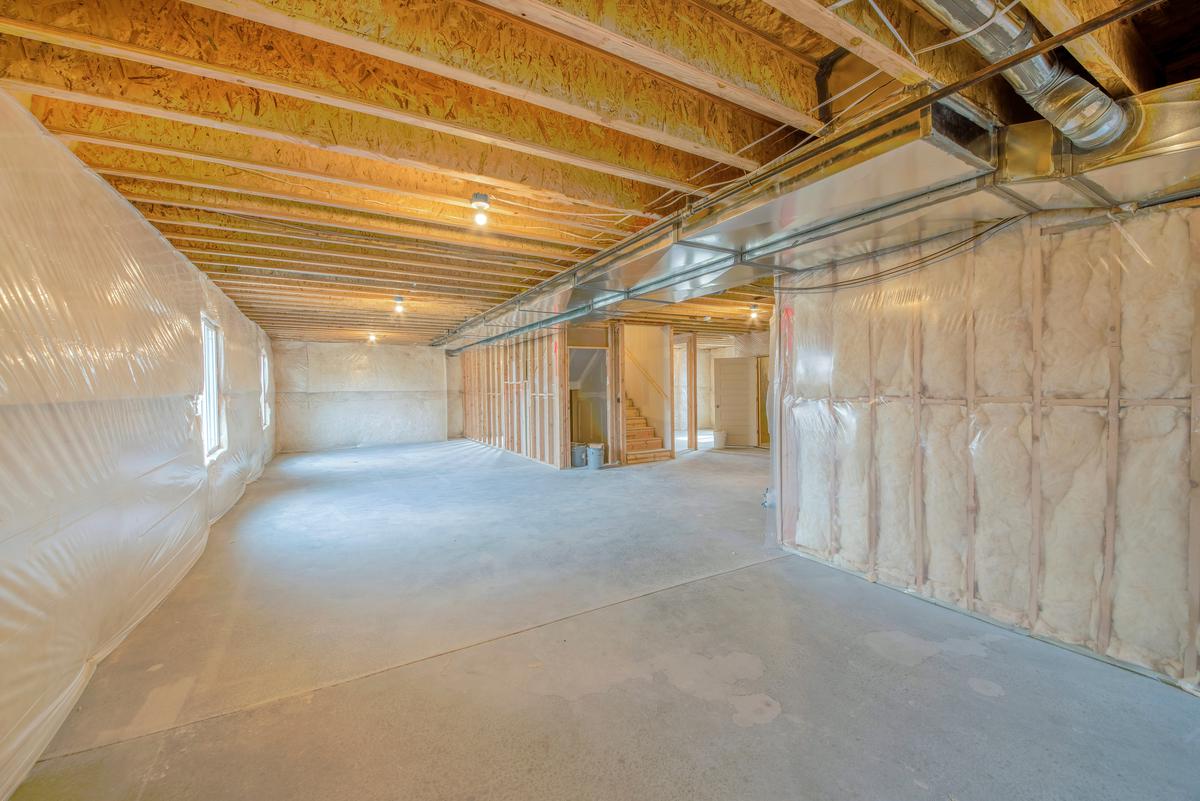

Articles
What R-Value Insulation For Basement Walls
Modified: February 24, 2024
Find out the recommended R-value insulation for basement walls in our informative articles. Improve energy efficiency and control temperature.
(Many of the links in this article redirect to a specific reviewed product. Your purchase of these products through affiliate links helps to generate commission for Storables.com, at no extra cost. Learn more)
Introduction
Welcome to the world of basement insulation! If you have a basement in your home, you know the importance of keeping it comfortable and protected from the elements. One crucial aspect of basement insulation is the R-value. But what exactly is R-value, and why is it so important for insulating your basement walls? In this article, we will explore the basics of basement insulation, the significance of R-value, factors to consider when choosing the right R-value, the recommended R-value for basement walls, different installation methods, and common mistakes to avoid.
Basement insulation is essential not only for maintaining a comfortable living space but also for energy efficiency and moisture control. A properly insulated basement can help regulate the temperature, prevent heat loss, reduce energy bills, and guard against mold and moisture-related issues.
Now, let’s delve deeper into understanding R-value and why it plays a vital role in basement insulation. Stay tuned!
Key Takeaways:
- Choosing the right R-value for basement insulation is crucial for maintaining a comfortable, energy-efficient, and moisture-controlled space. Consider climate, insulation material, and intended use to make an informed decision.
- Avoid common mistakes such as neglecting moisture control, inadequate air sealing, and improper installation techniques when insulating your basement. Consulting professionals and adhering to building codes are essential for a successful insulation project.
Read more: What R-Value Insulation For Basement Ceiling
Understanding Basement Insulation
Before we dive into the specifics of R-value for basement walls, let’s first understand the concept of basement insulation. The basement of a home is typically built below ground level, which makes it prone to moisture and temperature fluctuations. Insulating the basement walls helps create a barrier that prevents heat transfer, controls moisture levels, and enhances overall comfort.
There are different types of insulation materials available for basement walls, including fiberglass batts, rigid foam boards, spray foam, and mineral wool. Each material has its own advantages and considerations, so it’s important to choose the one that suits your needs and budget.
Basement insulation is not only necessary for temperature control but also plays a significant role in managing moisture. Moisture can enter the basement through various sources like groundwater, rain, and humidity. Without proper insulation, this moisture can seep into the walls, leading to mold growth, structural damage, and a damp environment.
Along with insulation, it is crucial to consider basement waterproofing methods to prevent water intrusion and excessive moisture. This can include proper drainage systems, sealants, and ensuring proper grading around the foundation of the house.
Basement insulation also contributes to energy efficiency. Insulating your basement walls helps reduce heat loss and heat gain, ensuring that your heating and cooling systems operate more efficiently. This, in turn, can lead to lower energy bills and reduced environmental impact.
Now that we have covered the basics of basement insulation, let’s dive into the importance of R-value in basement walls.
Importance of R-Value in Basement Walls
R-value is a measure of the thermal resistance of an insulation material. It indicates how well the material can resist heat flow. The higher the R-value, the better the insulation’s ability to prevent heat transfer. When it comes to basement walls, R-value plays a crucial role in maintaining a comfortable and energy-efficient space.
Basements tend to be colder than the rest of the house, as they are below ground level and in contact with cooler soil. To ensure optimal temperature control, it is necessary to choose insulation materials with a high R-value to reduce heat loss and heat gain.
Inadequate insulation with low R-value can result in significant energy loss, causing your heating and cooling systems to work harder and driving up your energy bills. Moreover, improper insulation can create temperature imbalances, with certain areas of the basement being too cold or too hot.
By selecting insulation materials with a higher R-value, you provide a more effective barrier against heat transfer. This helps regulate the temperature in your basement, providing a more comfortable living space and reducing the load on your HVAC system.
Another vital aspect of R-value in basement walls is moisture control. Moisture can accumulate in the basement, leading to mold growth, musty odors, and structural damage. Insulation materials with high R-values have the added benefit of reducing condensation and preventing moisture intrusion, thus helping to maintain a dry and healthy environment.
Additionally, a higher R-value in basement walls can contribute to soundproofing. If you plan to use your basement as a living space, home office, or entertainment area, having insulation that offers good sound insulation properties can enhance the overall comfort and privacy of the space.
Considering the importance of R-value in basement insulation, it is essential to choose insulation materials with the appropriate R-value for your specific climate and needs. In the next section, we will discuss the factors to consider when selecting the right R-value for your basement walls.
Factors to Consider when Choosing R-Value for Basement Insulation
When it comes to selecting the right R-value for basement insulation, several factors should be taken into consideration. These factors help determine the insulation requirements based on the specific climate conditions, the intended use of the basement, and the overall energy efficiency goals. Here are the key factors to consider:
- Climate: The climate of your region plays a significant role in determining the ideal R-value for basement insulation. Areas with colder climates require higher R-values to prevent heat loss and ensure optimal temperature control. Conversely, regions with milder climates may require lower R-values.
- Insulation Material: Different insulation materials have varying R-values per inch of thickness. It’s important to research and choose an insulation material that provides the desired R-value for your basement walls.
- Basement Use: Consider how you plan to utilize your basement space. If you’re planning to convert it into a living area or a home office, you may want to invest in higher R-value insulation to achieve maximum comfort.
- Budget: The cost of insulation materials can vary based on their R-value and other factors. It’s essential to consider your budget and weigh the benefits of higher R-value insulation against the cost.
- Building Codes: Familiarize yourself with local building codes and regulations regarding basement insulation. These codes might have specific requirements for minimum R-values in basements.
- Vapor Retarder: Depending on your climate conditions, it may be necessary to install a vapor retarder along with the insulation to control moisture and prevent condensation. The type and placement of the vapor retarder should be chosen accordingly.
It’s worth noting that consulting with a professional insulation contractor or an energy auditor can provide valuable insights into determining the right R-value for your basement walls. They can assess your specific needs, recommend suitable insulation materials, and guide you through the R-value selection process.
Keep these factors in mind when choosing the R-value for your basement insulation, as they will help ensure that your insulation adequately meets your requirements and provides the desired energy efficiency and comfort.
When insulating basement walls, it’s recommended to use insulation with an R-value of at least R-11 for framed walls and R-5 for masonry walls to effectively control heat flow and moisture.
Recommended R-Value for Basement Walls
When it comes to choosing the recommended R-value for basement walls, there is no one-size-fits-all answer. The optimal R-value can vary depending on factors such as climate, insulation material, and the intended use of the basement. However, there are general guidelines and recommendations that can help you make an informed decision.
For basement walls in colder climates, it is generally recommended to have insulation with a higher R-value. The U.S. Department of Energy suggests an R-value of R-10 to R-25 for basement walls, depending on the region. Areas with extremely cold temperatures may require insulation with higher R-values, while milder climates may be adequately served with lower R-values.
It is important to note that these recommendations are just guidelines, and it is wise to consult with local building codes and professionals to determine the specific requirements for your location. An energy auditor or a certified insulation contractor can analyze your climate data and help you select the appropriate R-value for your basement insulation.
In addition to the recommended R-value, it is crucial to ensure proper installation of the insulation. Inadequate installation can lead to air leaks, thermal bridging, and reduced effectiveness of the insulation. Hiring a qualified professional for the installation process or following manufacturer guidelines for DIY installation can help maximize the insulation’s performance.
Remember that the R-value of insulation is just one component of an effective insulation system. It is equally important to address other factors such as moisture control, proper air sealing, and ventilation to achieve optimal energy efficiency and comfort in your basement.
By considering the climate, insulation material, local building codes, and the intended use of your basement, you can make an informed decision about the recommended R-value for your basement walls. Consulting with professionals in the field will further ensure that you choose the right insulation and achieve the desired level of comfort and energy efficiency.
Read more: What R-Value Insulation For Interior Walls
Installation Methods for Basement Insulation
When it comes to insulating your basement, there are a variety of installation methods available. The method you choose depends on factors such as your budget, the type of insulation material, and the condition of your basement walls. Here are some commonly used installation methods:
- Batt Insulation: This method involves using fiberglass or mineral wool batts to insulate the basement walls. The batts are cut to fit between the studs or framing of the walls and are secured in place with staples, adhesive, or friction fit. This method is relatively straightforward and cost-effective, making it a popular choice for DIY projects.
- Blown-in Insulation: Blown-in insulation, such as cellulose or fiberglass, is installed by using a specialized blower machine that blows the insulation into the wall cavities. This method is ideal for finished basements where access to the wall cavities is limited. It provides excellent coverage and can be a cost-effective option when done by professionals.
- Rigid Foam Insulation: Rigid foam insulation boards, such as extruded polystyrene (XPS) or expanded polystyrene (EPS), can be directly applied to the basement walls. The boards are typically cut to size and secured in place with adhesive or mechanical fasteners. Rigid foam insulation provides high R-value per inch and can also act as a vapor barrier, offering excellent moisture control.
- Spray Foam Insulation: Spray foam insulation is applied as a liquid that expands and hardens into a foam. It can be sprayed directly onto the basement walls, creating a seamless and airtight insulation layer. Spray foam insulation provides excellent thermal and moisture control, but it is usually more expensive and requires professional installation due to its specialized equipment.
- Insulating Paint: Insulating paint, also known as ceramic paint or insulating coatings, can be applied to the basement walls as a primer or as a final coat. These types of coatings contain insulating additives that help reduce heat transfer. While insulating paint can offer some thermal resistance, it is not as effective as other insulation methods and is often used in conjunction with other insulation materials.
It’s important to note that regardless of the insulation method you choose, proper air sealing is crucial to maximize the effectiveness of the insulation. Addressing gaps, cracks, and other sources of air infiltration helps reduce energy loss and improves overall insulation performance.
Before proceeding with any installation method, it’s recommended to consult with insulation professionals or refer to manufacturer guidelines to ensure proper installation and adherence to local building codes.
By selecting the right installation method and ensuring proper installation techniques, you can achieve a well-insulated basement that provides optimal temperature control, energy efficiency, and moisture management.
Common Mistakes to Avoid in Basement Insulation
Insulating your basement is a crucial step in enhancing comfort, energy efficiency, and moisture control. However, there are common mistakes that homeowners make during the insulation process that can compromise the effectiveness of the insulation. Here are some key mistakes to avoid when insulating your basement:
- Neglecting Moisture Control: One of the biggest mistakes homeowners make is ignoring moisture issues in the basement before insulating. Moisture can lead to mold growth, decay, and damage to the insulation and the overall structure of the basement. It is essential to address any moisture problems, such as leaks or condensation, before proceeding with insulation.
- Inadequate Air Sealing: Proper air sealing is crucial to prevent air leakage and maintain the efficiency of the insulation. Failing to seal gaps, cracks, and penetrations in the basement walls can lead to energy loss and moisture infiltration. Be sure to use appropriate sealants, weatherstripping, and insulation materials with good air sealing properties.
- Incorrect Vapor Barrier Placement: Vapor barriers play an important role in controlling moisture. However, placing vapor barriers incorrectly can trap moisture within the walls and cause problems. It is essential to follow local building codes and guidelines to determine the correct placement of vapor barriers. Consult with professionals to ensure proper installation.
- Ignoring R-Value Recommendations: Choosing the wrong R-value for your basement insulation can result in inadequate thermal performance. Avoid relying solely on budget constraints and take into account factors such as climate, desired comfort level, and energy efficiency goals. Aim for the recommended R-value for your region and consult with insulation professionals for guidance.
- Poor Installation Techniques: The quality of installation can significantly impact the effectiveness of the insulation. Common installation errors include compressing insulation, leaving gaps and voids, using incorrect fasteners, and improper alignment of insulation materials. Ensure that you follow proper installation techniques and, if needed, consult experienced contractors for assistance.
- Overlooking Building Codes and Regulations: Building codes and regulations for basement insulation vary by location. Failing to comply with these codes can lead to safety hazards, compromised insulation performance, and potential issues during property inspections. Always research and adhere to local building codes when insulating your basement.
- Skimping on Professional Help: While DIY insulation projects can be cost-effective, complex basement insulation tasks may require professional expertise. Complexities like structural challenges, wiring, plumbing, and unconventional wall materials may necessitate the skills and knowledge of experienced insulation contractors. Don’t hesitate to seek professional help when needed.
By avoiding these common mistakes, you can ensure a well-insulated basement that effectively controls moisture, provides adequate thermal resistance, and contributes to energy efficiency in your home.
Conclusion
Insulating your basement walls is a critical step towards creating a comfortable, energy-efficient, and moisture-controlled space in your home. Understanding the importance of R-value and considering various factors when choosing the right insulation for your basement is essential. By selecting the appropriate R-value based on your climate, insulation material, and intended use of the basement, you can achieve optimal thermal performance and energy savings.
However, it is equally important to avoid common mistakes such as neglecting moisture control, inadequate air sealing, and improper installation techniques. By addressing these issues and following proper insulation practices, you can ensure the insulation’s longevity and effectiveness.
Remember to consult with professionals, such as insulation contractors or energy auditors, to guide you through the insulation process and comply with local building codes and regulations. Their expertise and guidance will help you make informed decisions and achieve the best results for your basement insulation project.
Whether you choose batt insulation, blown-in insulation, rigid foam insulation, spray foam insulation, or a combination of methods, the goal is to create a well-insulated basement that provides comfort, energy efficiency, moisture control, and soundproofing when needed.
Keep in mind that basement insulation is just one part of a comprehensive approach to creating an efficient and comfortable home. It is important to address other factors such as proper air sealing, ventilation, and overall moisture management to maximize the benefits of your basement insulation.
Investing in high-quality insulation materials, employing proper installation techniques, and staying up to date with the latest building codes will help you create a basement space that enhances your overall living experience while reducing energy consumption and maintaining a healthier indoor environment.
So, take the time to plan, choose the right insulation, and seek professional guidance if needed. With the right approach, you can transform your basement into a valuable and enjoyable part of your home.
Frequently Asked Questions about What R-Value Insulation For Basement Walls
Was this page helpful?
At Storables.com, we guarantee accurate and reliable information. Our content, validated by Expert Board Contributors, is crafted following stringent Editorial Policies. We're committed to providing you with well-researched, expert-backed insights for all your informational needs.
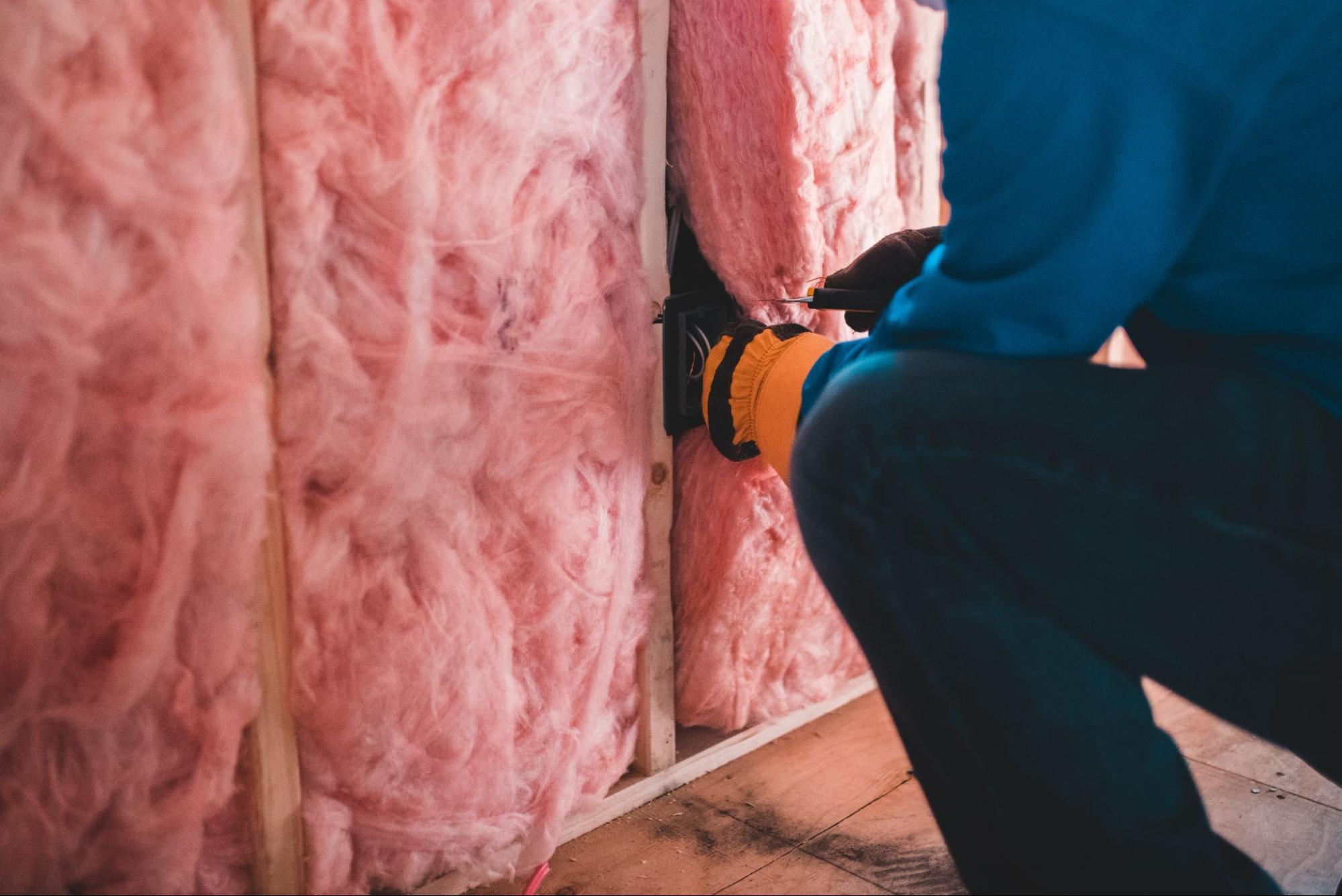
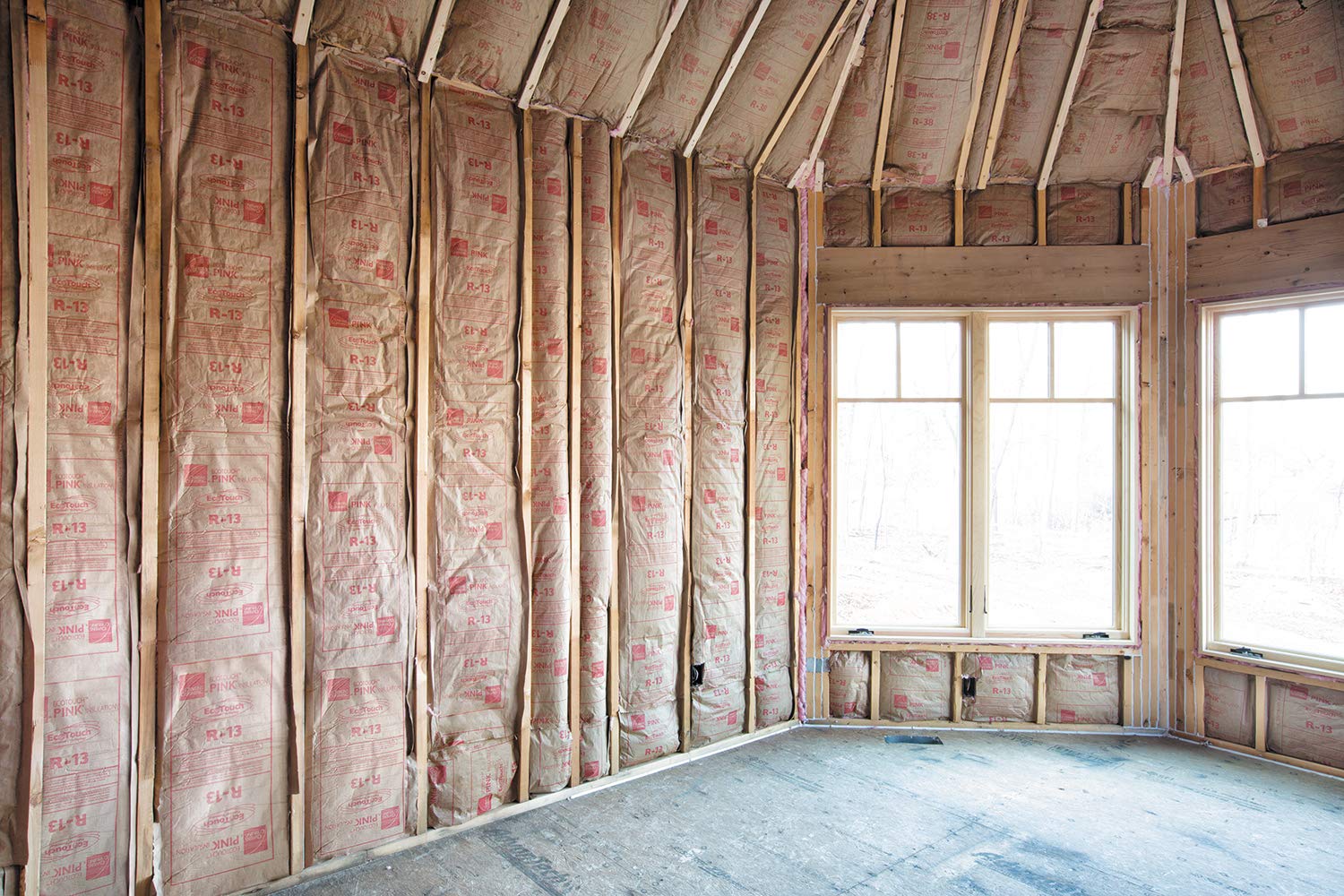
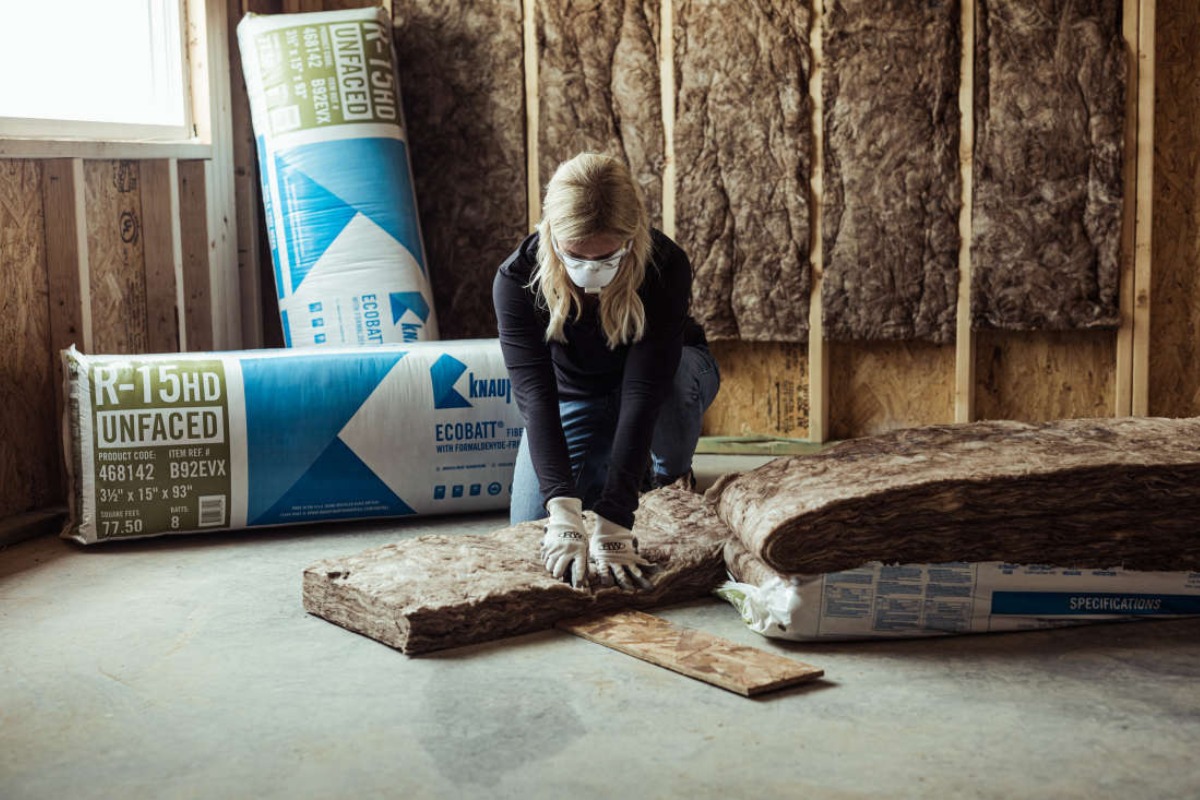
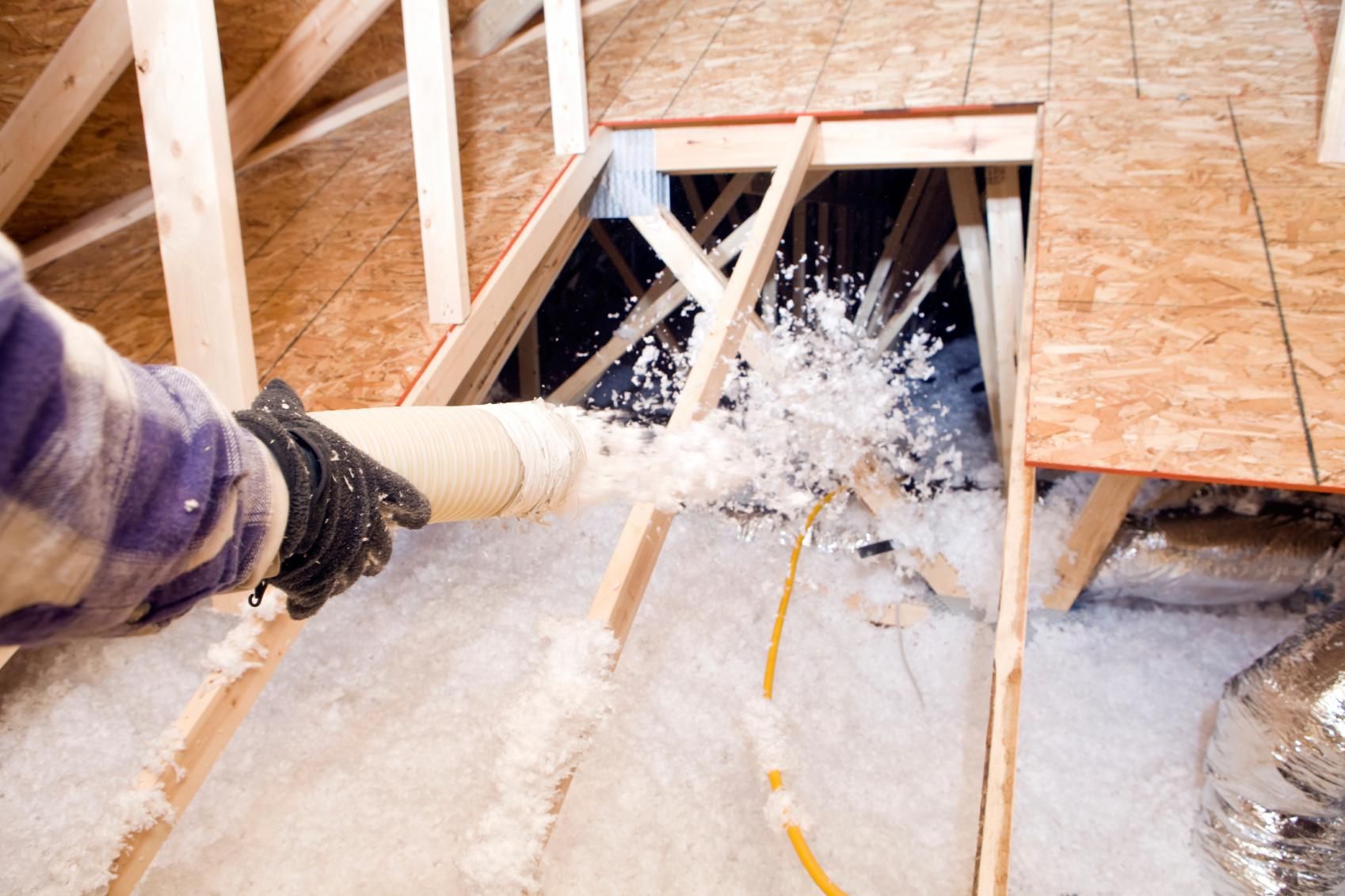
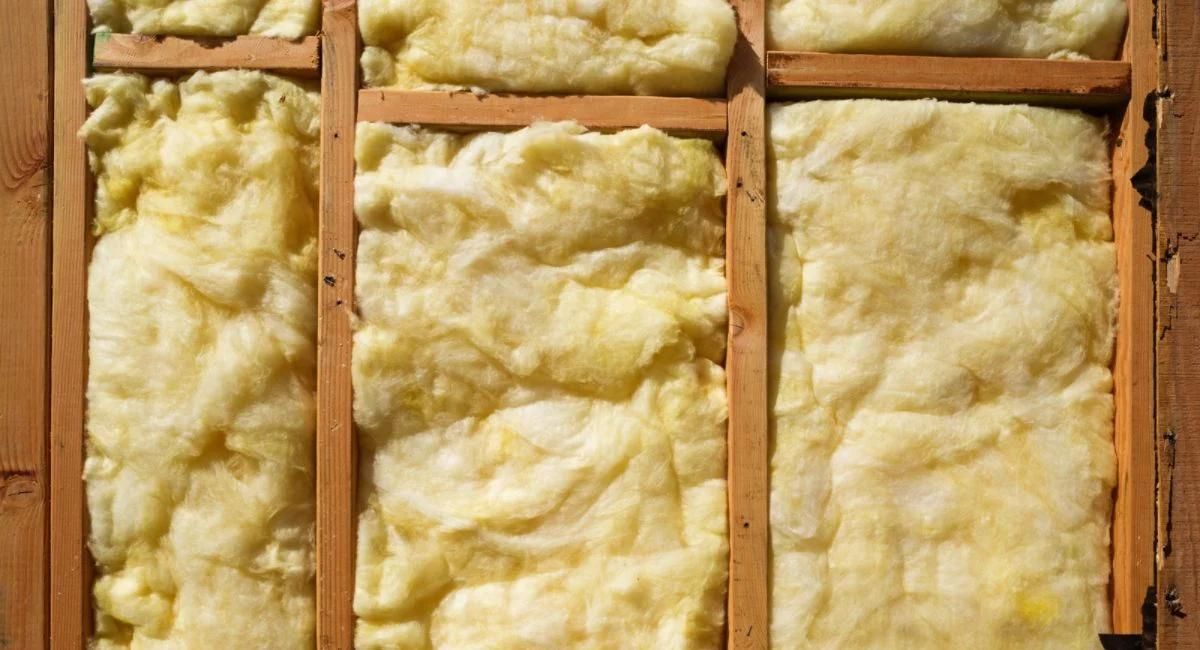
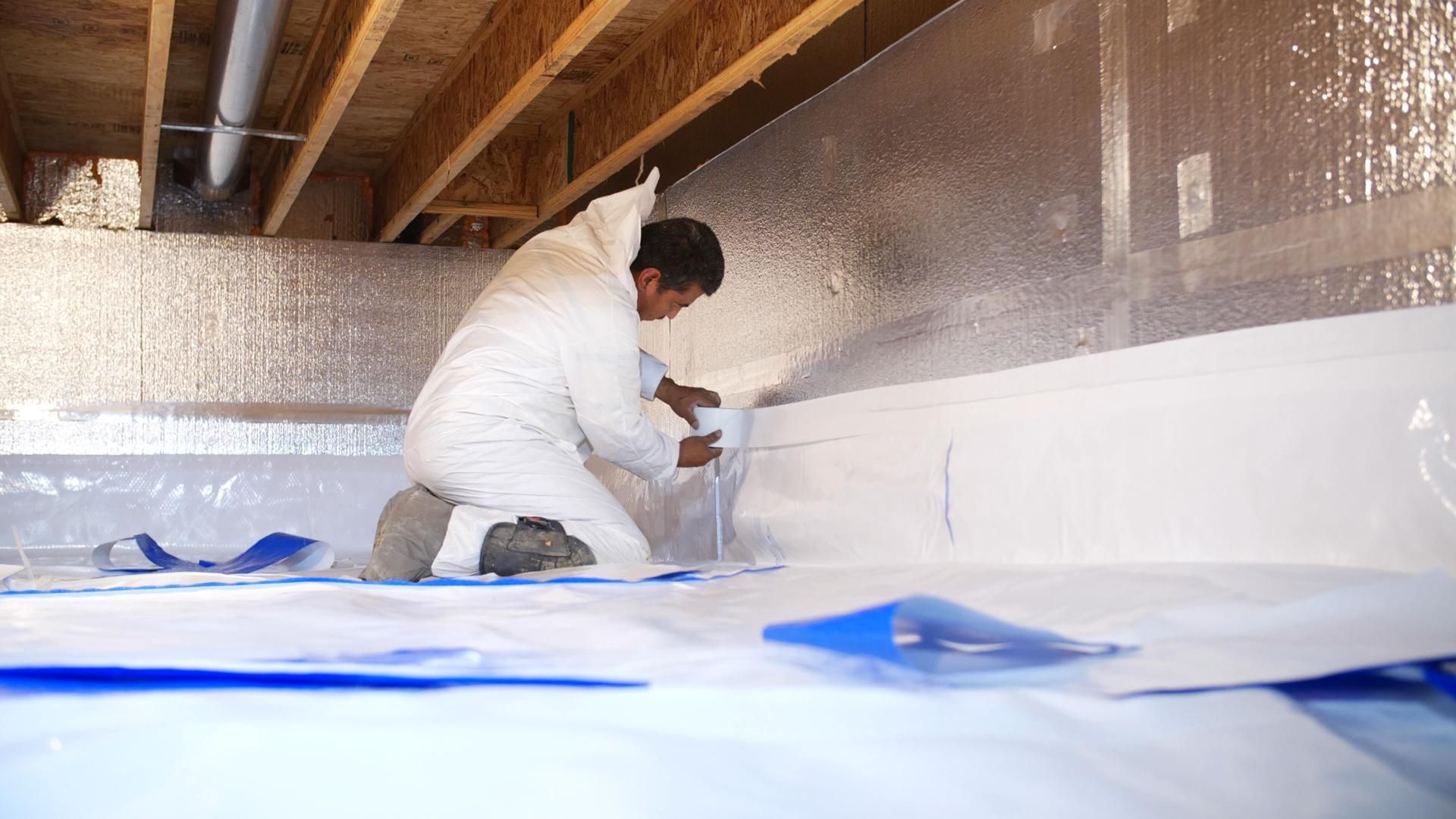
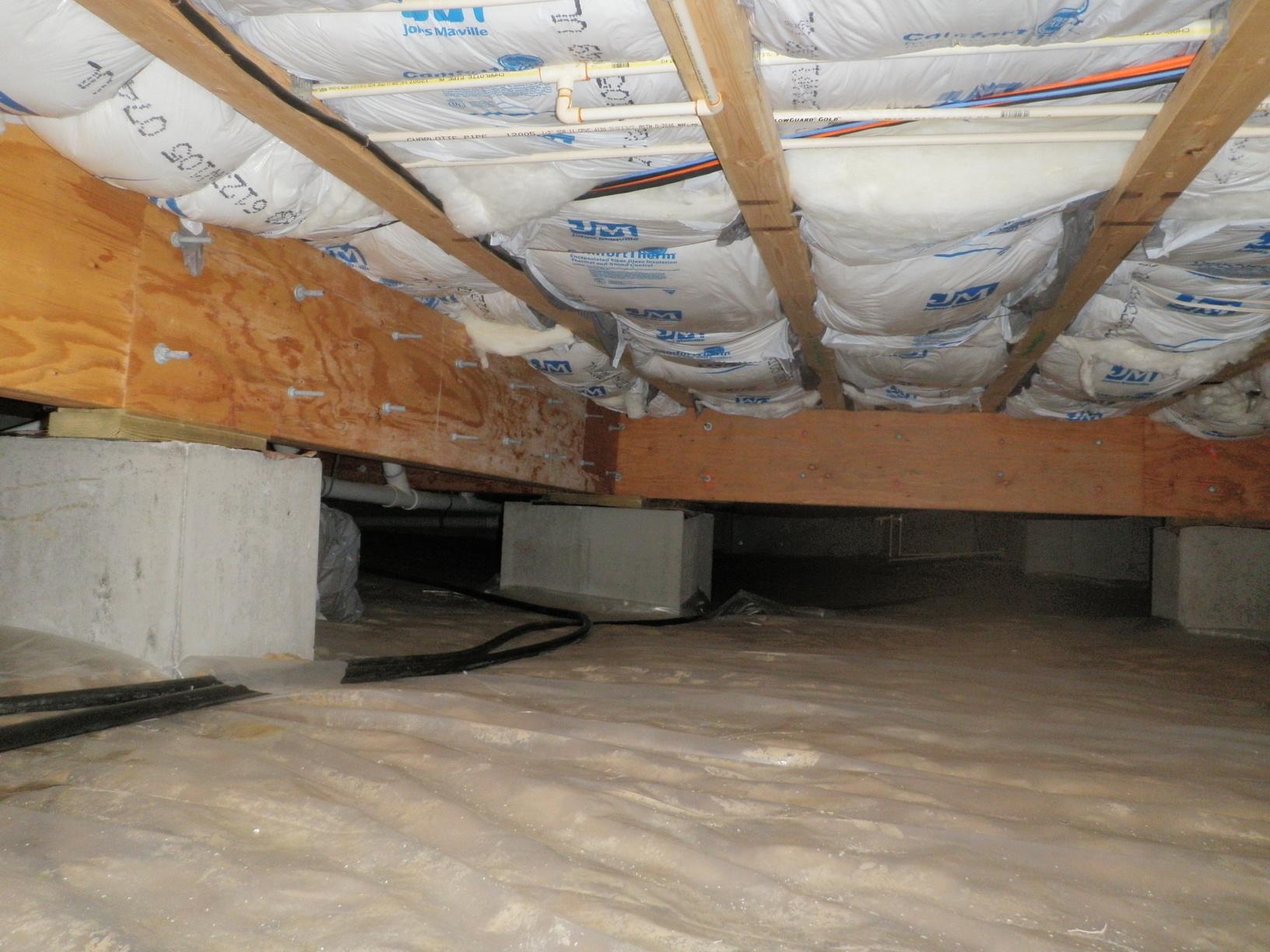
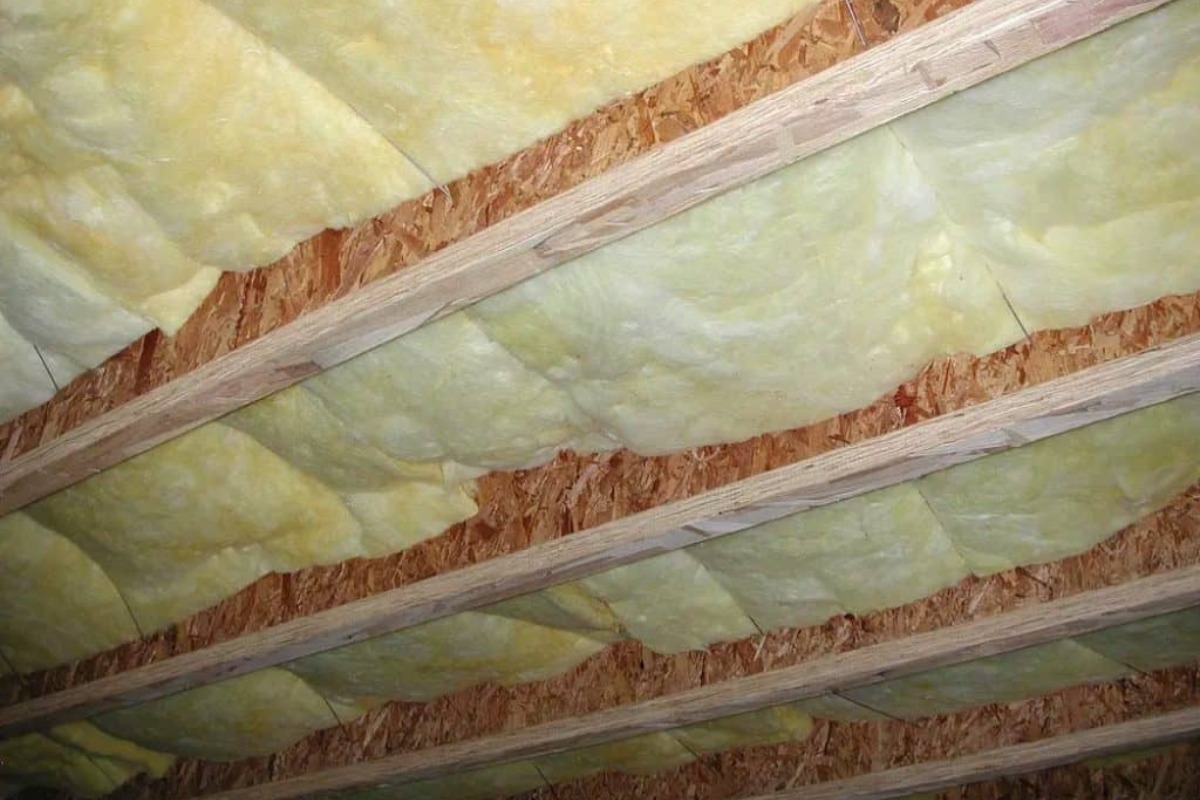
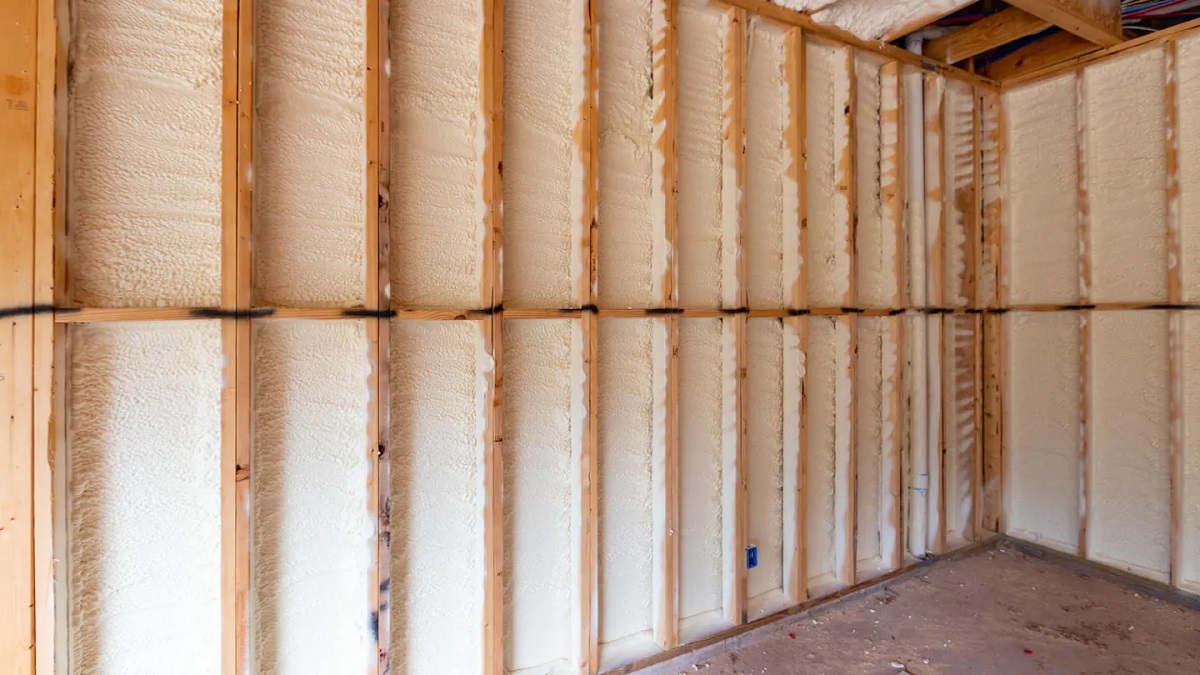
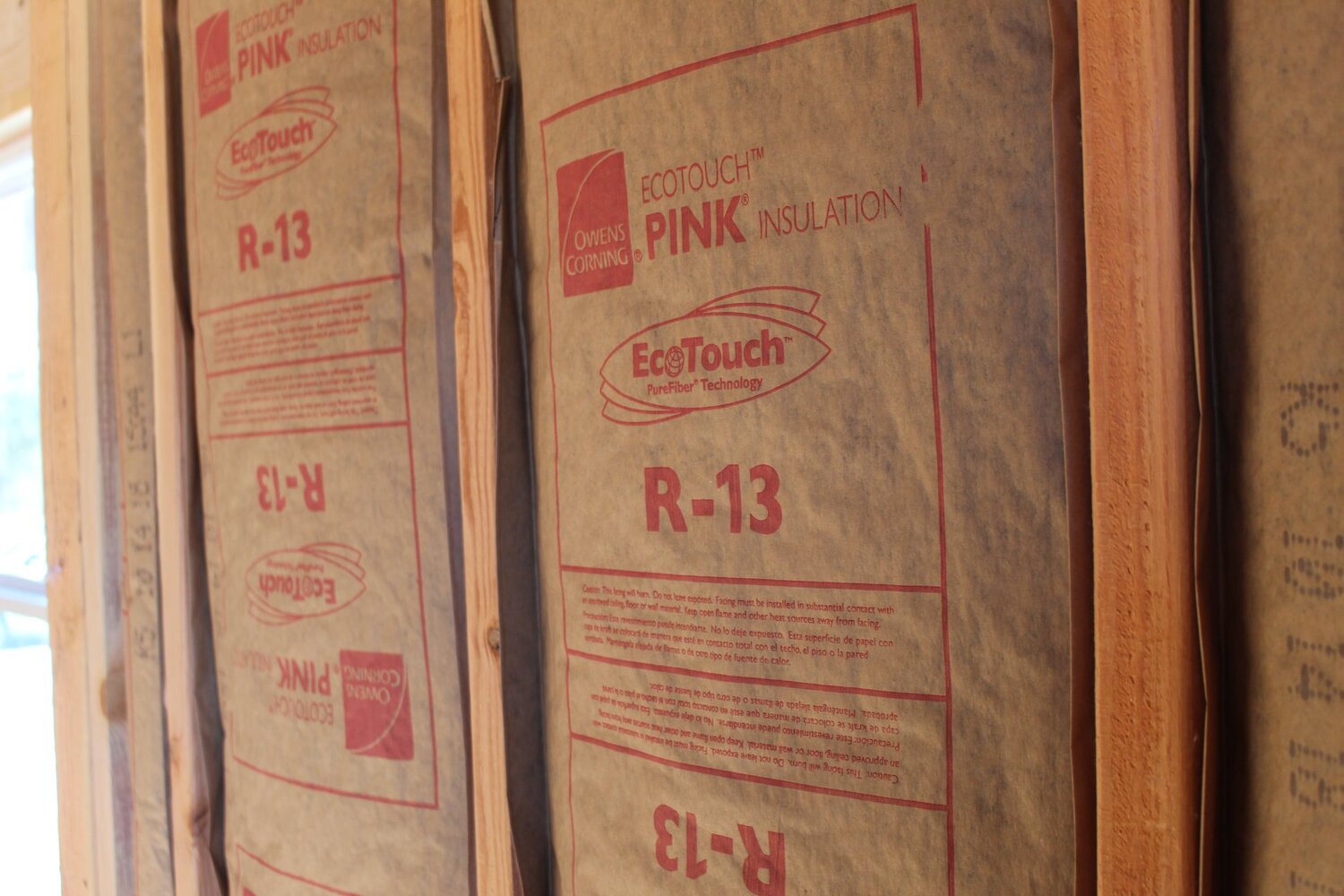
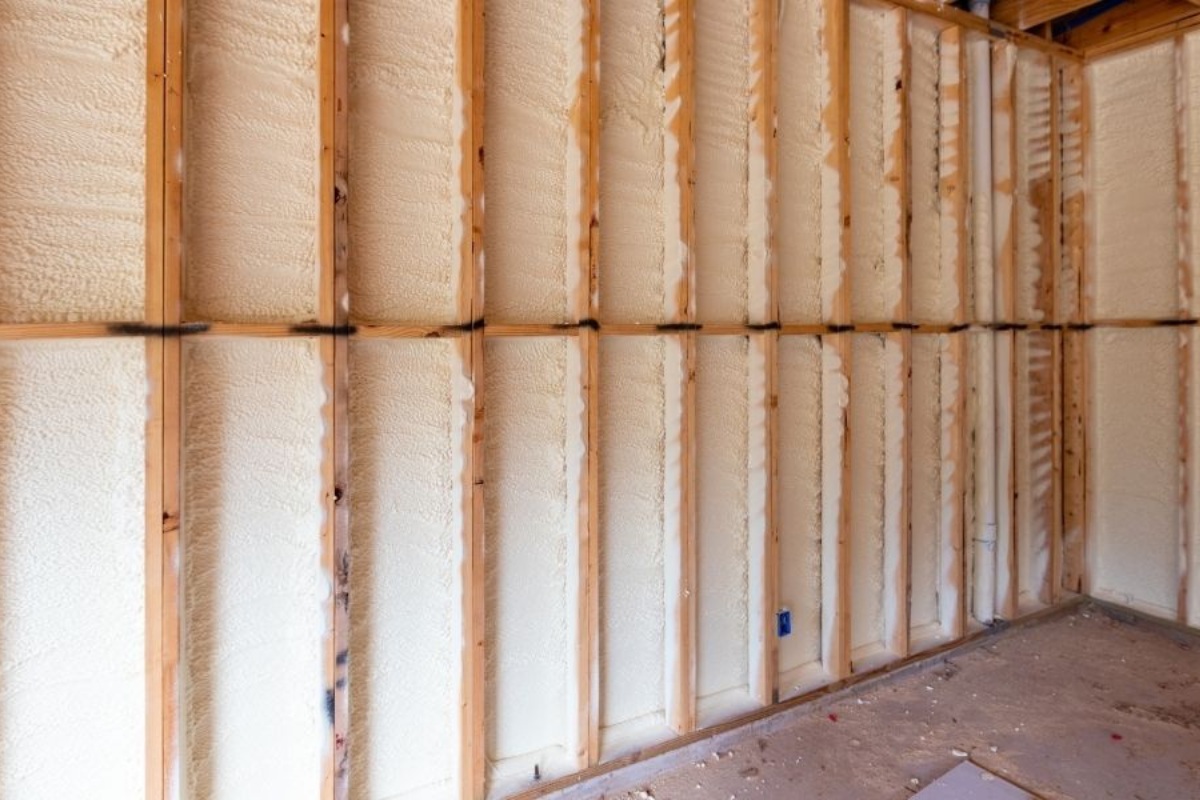
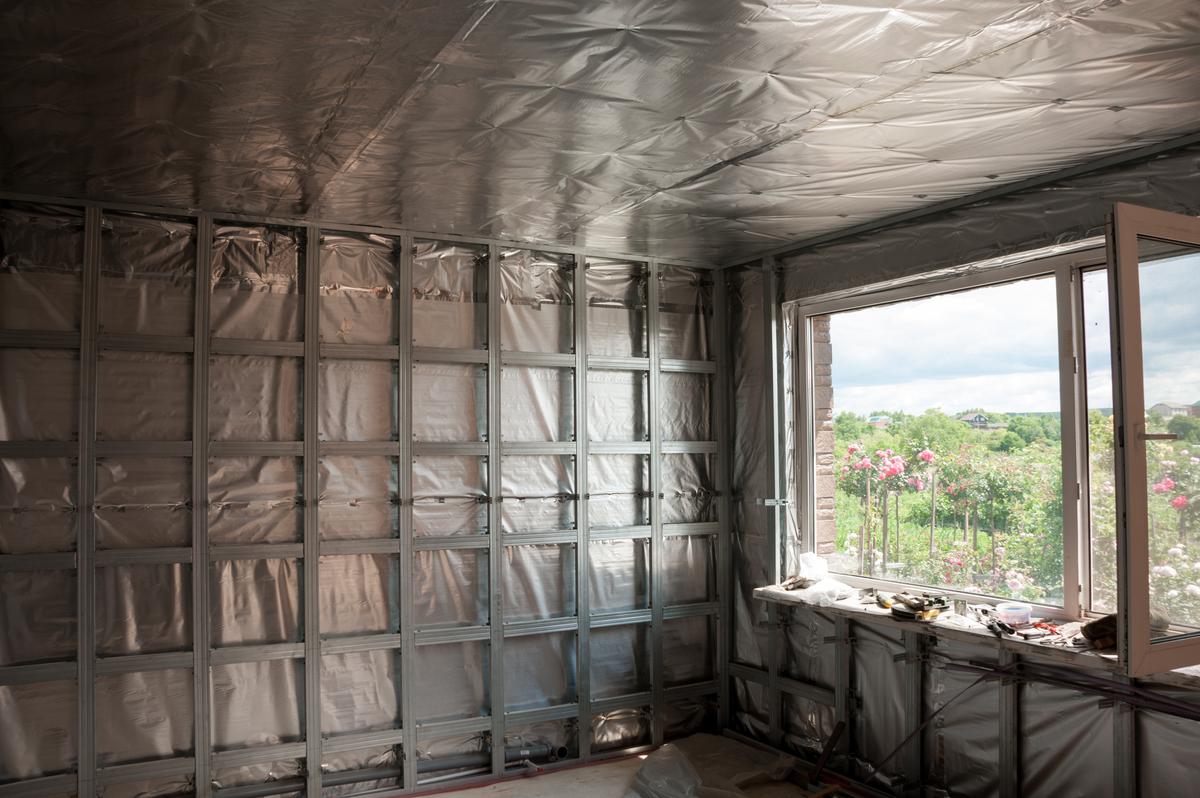
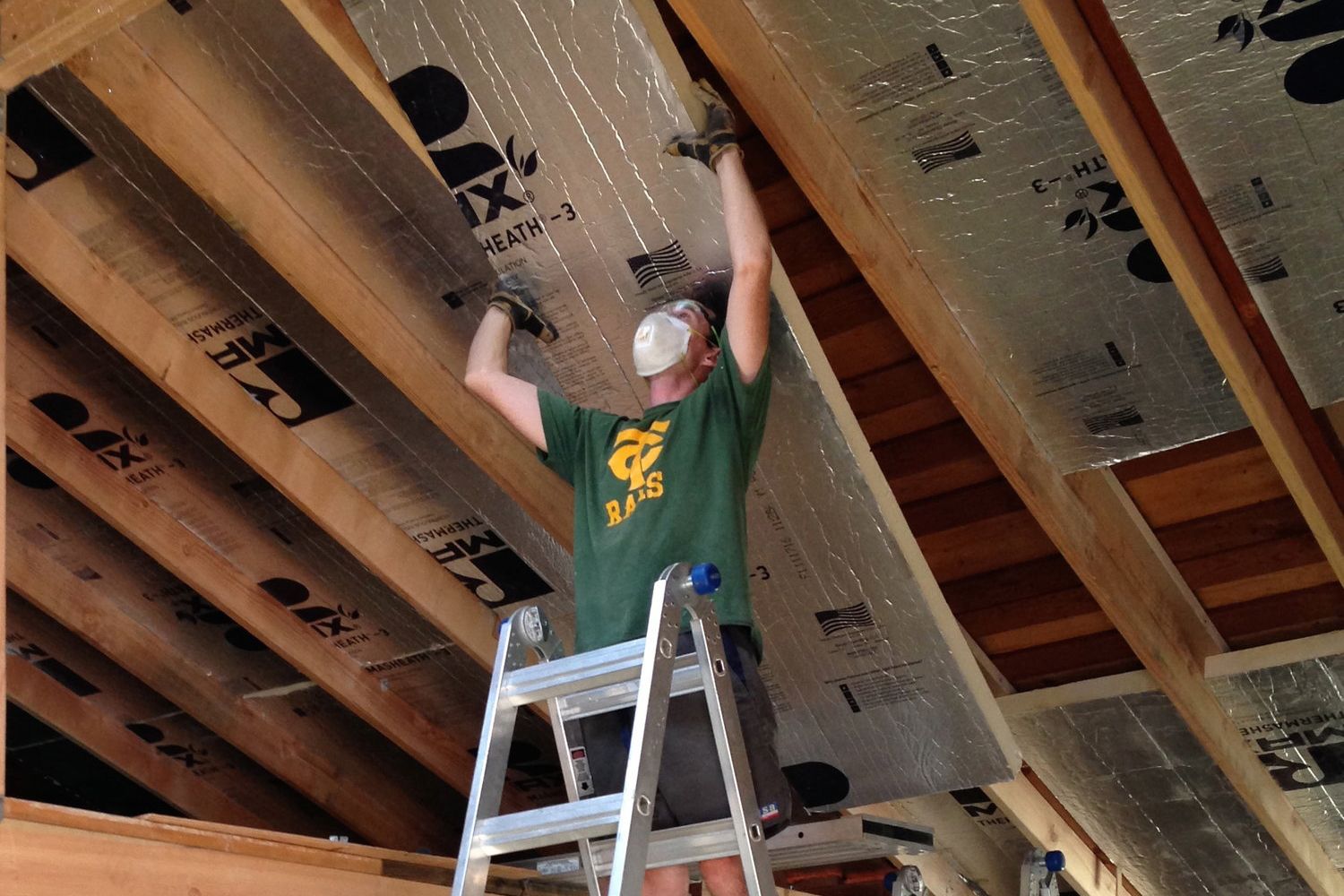
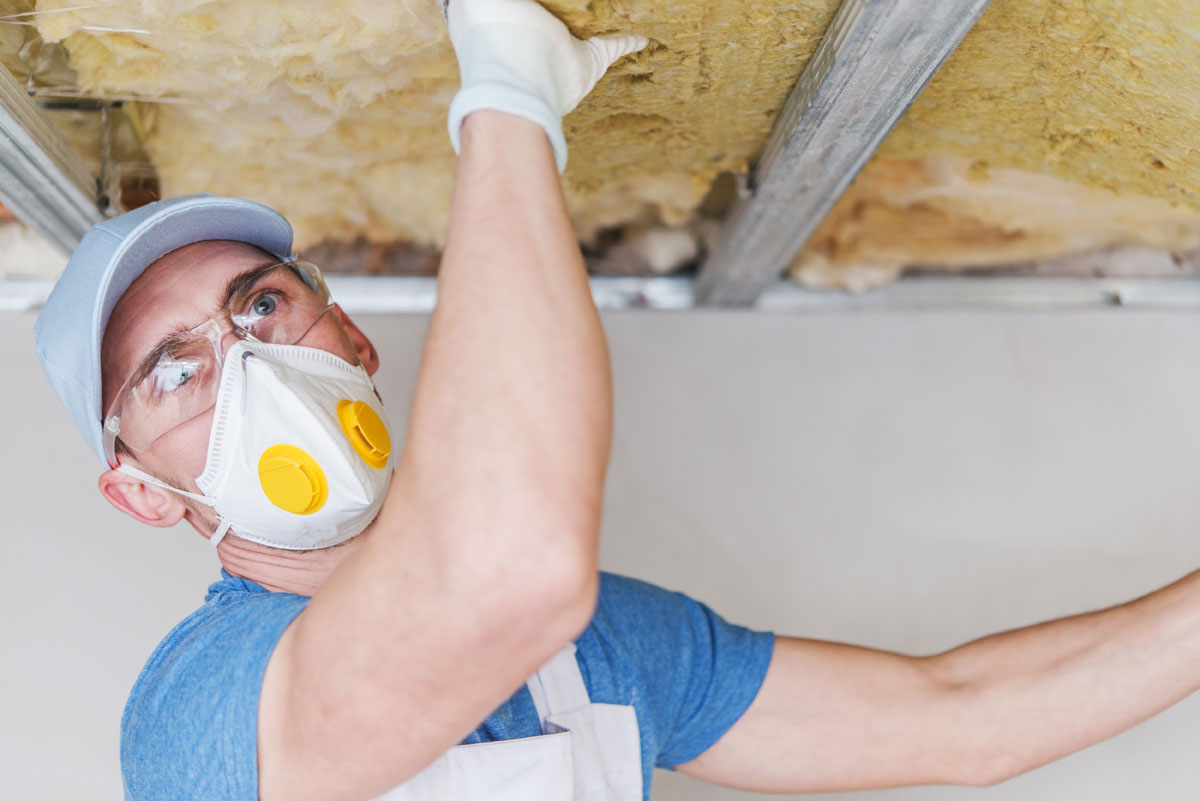

0 thoughts on “What R-Value Insulation For Basement Walls”